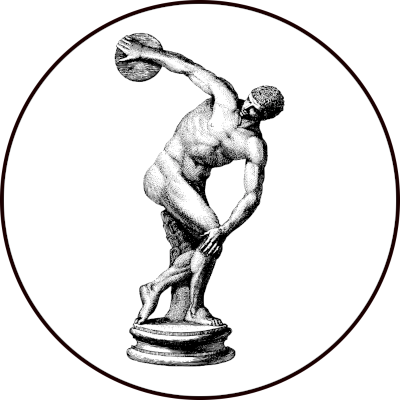So I have been in a bit of a research about how much volume is necessary when you are training with ‘proper intensity’ because I am having trouble progressing on my lifts on PHAT hypertrophy program (I am on a bulk) and I am afraid all weight I am gaining is fat, and a lot of people claim that high intensity low volume is much better
However I found this comment on one of max euceda’s videos and I wonder if this is proven in any way “High reps can get you closer to failure because the division of effort per rep is finer. So after “failure” you may not have the energy to lift 100kg but you’d still have the energy left to do 90kg. The point of lowering reps is because other muscles, heart, lungs and nerves can tire before the target muscle”
Specifically because this ‘energy division per rep is finer’ makes a lot of sense, as the rep ranges on hypertrophy days on PHAT constantly increase with each exercise and your effort is divided finely among all the 12-14 sets as they contain a high amount of reps
So I think doing 4 sets of 8-12 reps of DB press would have a pretty similar effect as doing 3 sets of 6-8 reps assuming all were taken to failure, so this could be a pretty important conclusion if you have limited equipment, for example I only have dumbells with increments of 5kg (11lbs) so it’s somewhat hard for me to stick to a very specific rep range on quite a few of my exercises
I was wondering if someone here more knowledgeable could provide their opinion on this


I’ll make two assumptions when answering this. The first is that you’re either a beginner or early intermediate, as those are typically the one posting questions. Second is that by “failure”, we are talking about muscle failure and not necessarily form failure (the one you should consider as failure).
Again, the stimulus to fatigue ratio is poor, you’re not gaining much compared to the fatigue you’re building up over time. If you’re bulking and not gaining reps or weight on your sets over weeks (or days if you’re a beginner), your muscles may not have enough time to recover after training.
For smaller muscles like forearms or biceps, it’s unlikely to cause much of an issue, but I would rather focus on doing good consistent reps with a slow eccentric.
I’ve yet to encounter any authoritative source that says much good about going to failure for beginners and intermediates. Both for strength, and for hypertrophy.
Another point is that if you consistently train to failure as a beginner or early intermediate, you are unlikely to focus on making each rep with good form. Your priority should be to make the movements with “perfect” form pure muscle memory so that once you are more advanced and are lifting heavier/more “dangerous” weights, you are doing it right everytime, even if you push yourself to failure.
Makes sense, Ig I’ll try experimenting a bit, also @Sl00k, there are some researches that show that hypertrophy is based purely on the number of sets and not the rep ranges (lower rep ranges make you good at lifting heavier weights and lower weights improve your endurance and makes you better at lifting lighter weights), since powerlifters do relatively much lower volume, it makes sense they are quite strong but not huge and this makes the division of effort per set make more sense
I’ll try finding and linking the study
That really should be “number of hard sets”. You can make a set hard in a number of different ways: shorter pauses between them, higher rep count, higher weight, slower eccentric, utilizing greater range of motion, you name it. If a set is not at least challenging, it is probably what some call “junk volume”.
Also, where powerlifters are concerned, you should probably differentiate between on- and off-season training. When a powerlifter is not “peaking”, they will usually do more hypertrophy work: moving big weights requires one to utilize many of ones muscle fibers simultaneously, and also to properly brace, both things one has to train for specifically. But all of that is no use if one does not have the muscle mass to make it happen :)